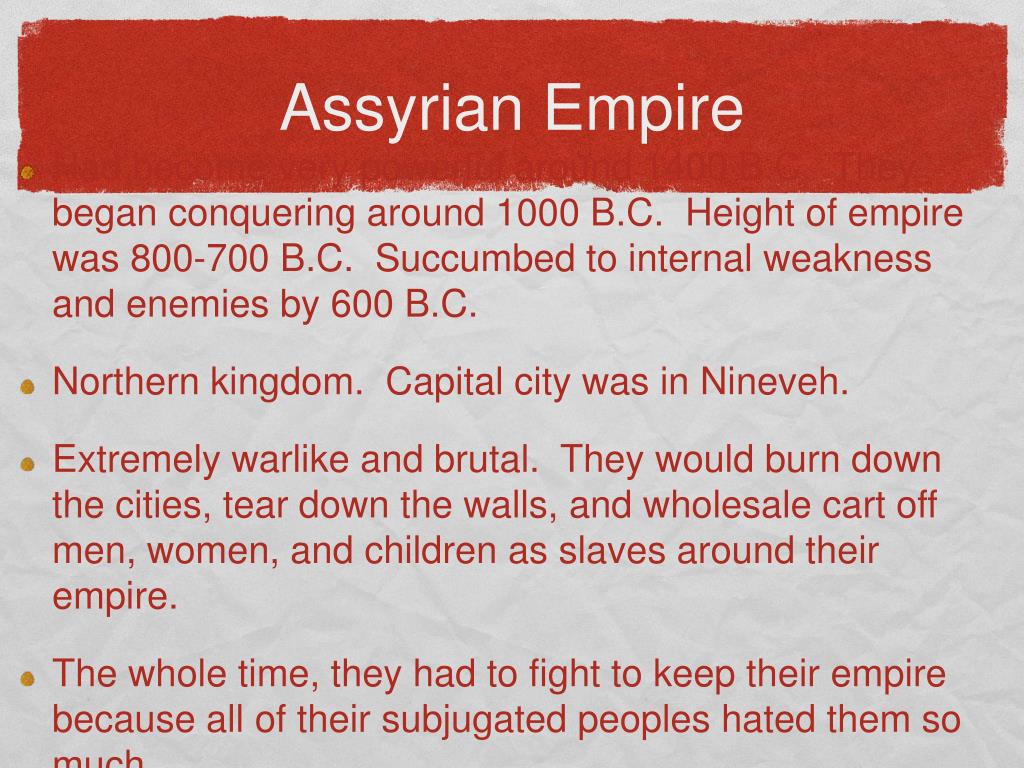

This short paper has two main interlinked aims. When we look at the frescoes, it is easy to imagine the colourful Minoan dress Ariadne would have worn as she gave her magical string to Theseus to guide him through the labyrinth or the glorious Mycenaean armour Agamemnon would have sported as he led his troops into battle against the Trojans.School of Philosophical, Historical, and International StudiesĮras Journal – Middleton, G,: Mycenaeans, Greeks, archaeology and myth Mycenaeans, Greeks, archaeology and myth: identity and the uses of evidence in the archaeology of Late Bronze Age Greece Guy D. The Bronze Age is also known as the Heroic Age because it was thought to be the time in which mythical figures roamed the Earth. What is captivating is that these garments have the power to bring Greek myths to life. Their garments are more elaborate and intricate, and it has been argued that this indicates they played a more central role in Bronze Age religion (and possibly even politics) than Mycenaean women, who are often depicted with children and, consequently, greater familial and maternal responsibilities. That being said, during the Minoan period women were the focal point of religion represented as goddesses and priestesses at the forefront of ritual and ceremony. There is very little difference between the fashion styles of Minoan and Mycenaean women which suggests that the female role remained relatively similar throughout the Bronze Age as there was no need to substantially alter the practicality of the silhouette. These men made it clear that they wanted to be remembered as warriors and fighters, leaving behind a legacy of strength, influence, and power. This is evidenced by the concentration of weapons and military equipment in the Mycenaean shaft graves. Their position within the Aegean made them a prime target, meaning they would have almost certainly been skilled at defending themselves, but it was Mycenaean warfare that became a central component of Greek society. This is not to suggest that the Minoans did not engage in battle. Comparisonsĭevelopments in male dress from the Minoan to the Mycenaean period reflect a growing prevalence of war and military importance. Bronze greaves would have also protected the shin and leather kilts or corselets decorated with metal studs are depicted on objects such as the Warrior Vase. In total, armour weighed a colossal 15 kg (33 lb), meaning serious strength and physical fitness would have certainly been an advantage, if not a necessity, in the Mycenaean army.
Warlike mycenaean art full#
The Dendra Panoply exhibits full body armour, including a helmet, bronze breastplate, layered kilt, and shoulder guards which would have been secured with leather straps. The Akrotiri Boxer Fresco shows two young boys boxing, however, only the boy on the left is adorned with jewellery which may indicate that such items were symbols of wealth or status. They served as seals, effectively a prehistoric signature or identity marker that could be impressed into clay. The designs on gold signet rings held particular significance. Minoan men are also shown wearing hats with long, vibrant feathers protruding from their centre, and they accessorised with necklaces, bracelets, and ornamental bands that encircled their biceps. These garments were multicoloured with yellows, blues, and whites. Breechcloths, loincloths, and kilts were popular, especially when paired with a decorative codpiece. Like their female counterparts, they were not shy and enjoyed showing off their upper bodies which were well-muscled from competing in sports such as bull-leaping and boxing. Minoan men preferred to keep clothing to a minimum and are usually shown with a bare torso. Minoan men preferred to keep clothing to a minimum & are usually shown with a bare torso.


 0 kommentar(er)
0 kommentar(er)
